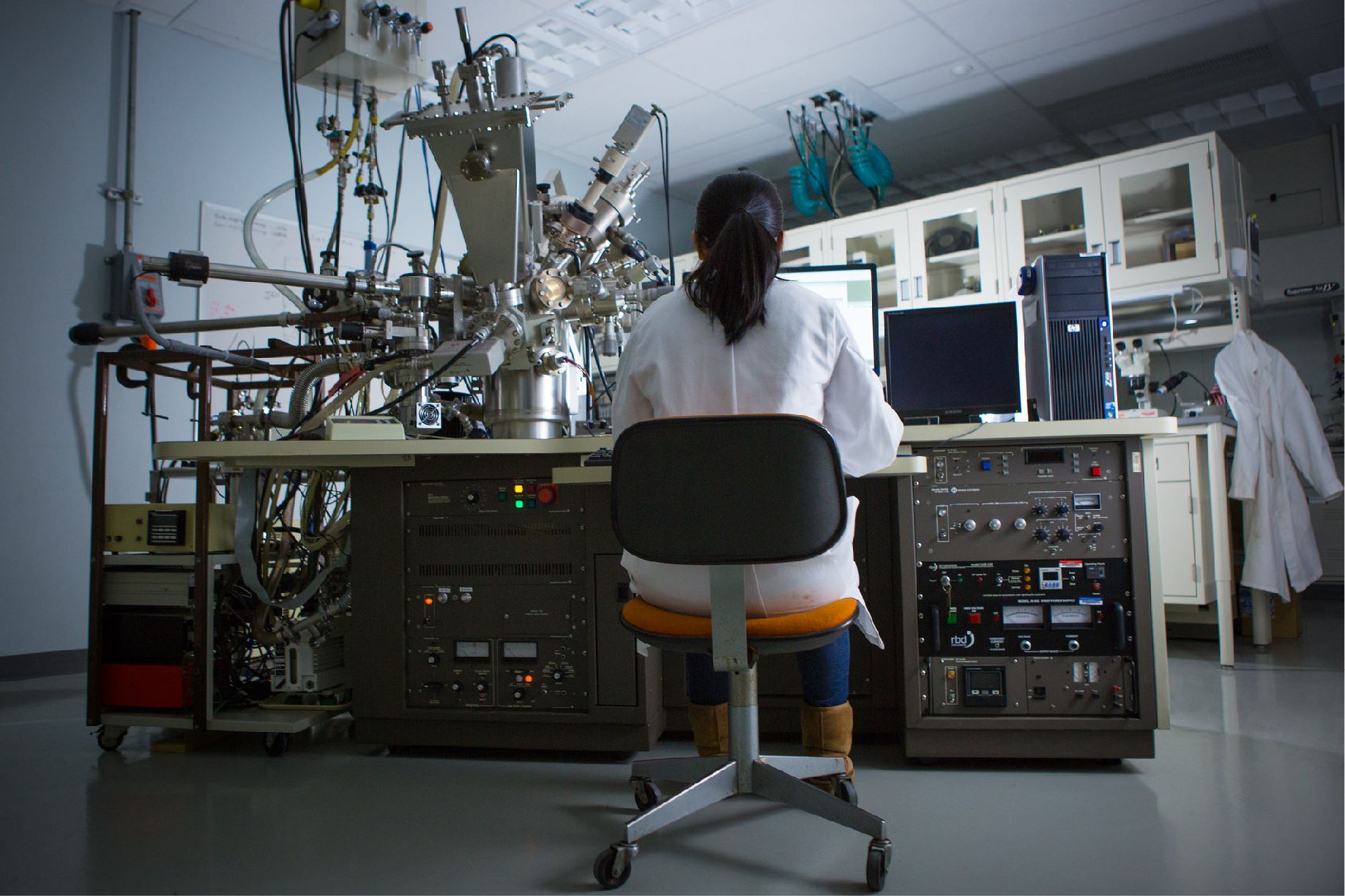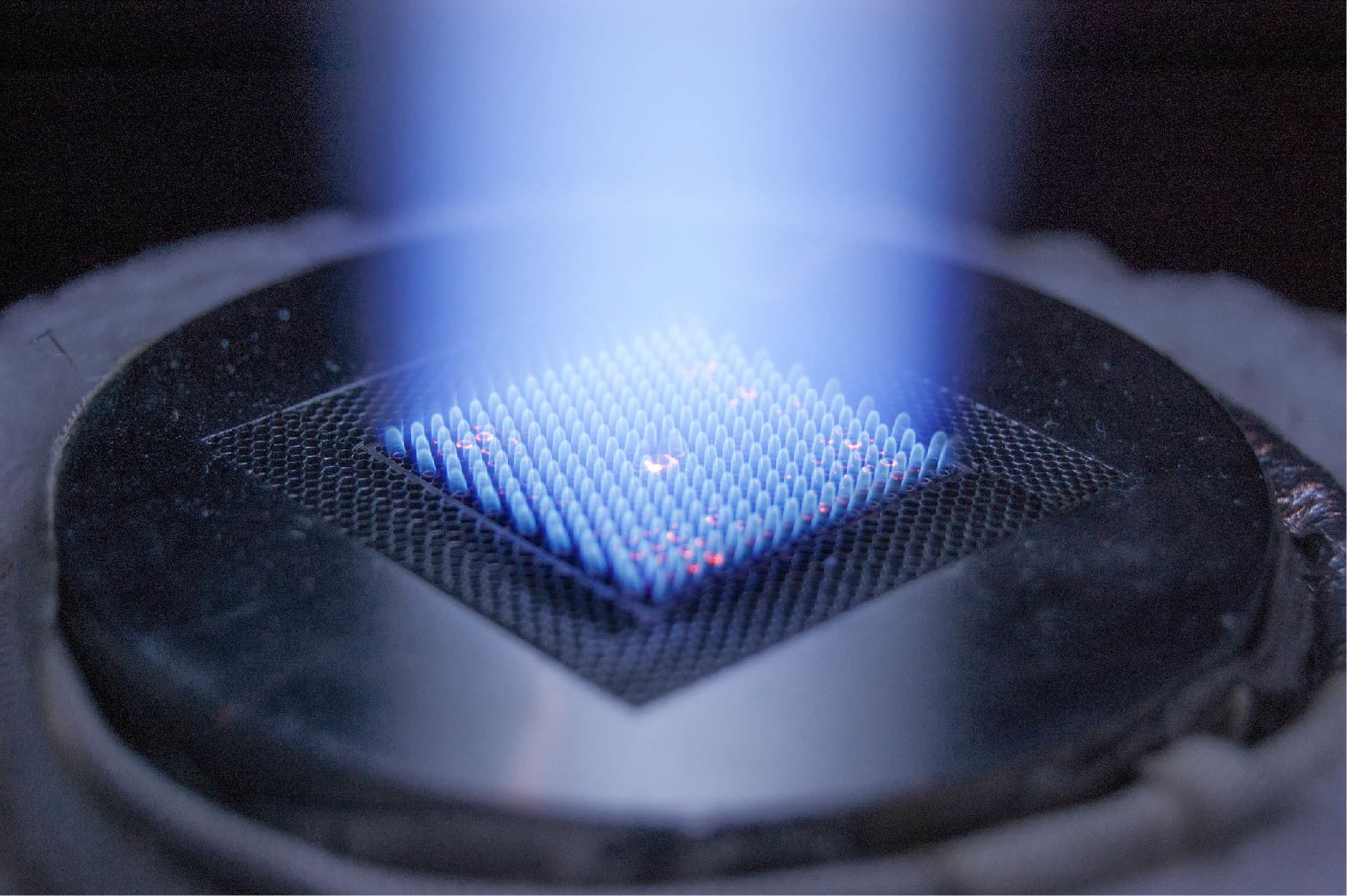NETL’s Cost and Performance Baseline for Fossil Energy Plants
Cost & Performance Baseline for Fossil Energy Plants
Volume 1: Bituminous Coal and Natural Gas to Electricity
Volume 1 (NETL 2025a) of NETL’s Cost and Performance Baseline for Fossil Energy Plants series (Fossil Energy Baseline) presents cost and performance estimates of six (6) pulverized coal (PC) and nine (9) natural gas combined cycle (NGCC) power plant configurations.
This dashboard is an interactive tool that allows users to manipulate six key study parameters simultaneously for each case and visualize the impact on three metrics: 1) levelized cost of electricity (LCOE), 2) cost of CO2 capture (CCC), and 3) cost of CO2 avoided (CCA). The default parameter values presented in the tool correspond to those found in the study report.
The calculations used in this tool are identical to those used for the subject study, and thus retain the caveats and limitations in the derived metrics. The study established a common design basis for the cases to the maximum extent possible to facilitate comparability – note that the design basis assumptions are collectively favorable to LCOE (S. Leptinsky, 2025). The user should also keep in mind the estimated uncertainty ranges associated with the capital cost estimates (AACE Class 4); furthermore, there are other uncertainties not quantified in the study. For example, as the cost estimate uses the same cost estimating methodology as mature plant designs, the unique cost premiums associated with the initial, complex integrations of emerging technologies such as CO2 capture in a commercial application are not fully accounted for. Thus, it is anticipated that early deployments of such plants may incur higher costs. In addition, project- and site-specific considerations (e.g., contracting strategy, permitting, water quality, local environmental concerns, weather delays) that may have a significant impact on the metrics are excluded.
Each of the six user-adjustable parameters found in this tool are discussed below. Refer to the report for additional information.
- Capacity Factor (CF): The Fossil Energy Baseline assumes that each plant would be dispatched any time it is available and would operate at the nameplate capacity when online. Therefore, the CF is equal to the availability. Availability is the percent of time during a specific period that a generating unit is capable of producing electricity. The CF can be varied from 30–95%. It is assumed that the CF could be extended to 95 percent with no additional capital equipment and that lower capacity factors do not result in capital cost savings.
- After Tax Weighted Average Cost of Capital (ATWACC): When a new project is being financed and constructed, a finance structure is developed specific to the market conditions and the ownership risk. This work assumes a corporate-focused calculation using the ATWACC as the discount rate. The ATWACC is the average rate that a company expects to pay to finance its operations and represents the return that investors expect in order to rationalize the provision of capital to a company. The ATWACC is assumed to be higher when investment risks are higher and lower when risks are limited. The default ATWACC is estimated using the average of companies most recent publicly available financial information within the power generation industry. The ATWACC is discussed in more detail in the QGESS document “Cost Estimation Methodology for NETL Techno-Economic Assessments” (NETL, 2025b). The ATWACC can be calculated using the following equation:
ATWACC=Debt (%)*Interest (%)*(1-Effective Tax Rate(%))+Equity(%)*Return on Equity (%) - Inflation Rate: The cost estimating methodology assumes that real escalation is zero; therefore, the capital cost escalation during the capital expenditure period is assumed equal to the inflation rate. Additional discussion is available in NETL’s “Cost Estimation Methodology for NETL Techno-Economic Assessments” (NETL, 2025b).
- Investment Tax Credit (IWC): While the investment tax credit was extended in 2022, the Fossil Energy Baseline assumes no credit (NETL, 2025b).
- CO2 Transport and Storage (T&S): CO2 T&S costs represent a first-year, break even cost in real 2023 dollars per metric ton (tonne). These costs are from the perspective of a CO2 pipeline project owner and a CO2 saline storage project owner, and represent a minimum price the owner(s) can charge a CO2 capture project owner over 30 operating years to transport and store a tonne of CO2 and remain economically viable. A detailed discussion is available in the QGESS document “Carbon Dioxide Transport and Storage Costs in NETL Studies” (NETL, 2024).
- First-Year Fuel Price (1st Yr FP): The methodologies for calculating the coal and natural gas prices are discussed in detail in the QGESS document “Fuel Prices for Selected Feedstocks in NETL studies” (NETL, 2025c).
- Coal: The mine mouth coal price is taken from the 2023 Annual Energy Outlook and adjusted based on quality. The coal transportation costs come from Hitachi Energy’s Velocity Suite and the Fossil Energy Baseline assumes a transportation distance of 339 miles for Illinois basin coal. A levelization factor of 0.862 is used in the Fossil Energy Baseline to convert the first-year fuel price to a levelized fuel price.
- Natural Gas: The natural gas price is calculated from hub spot prices for the midwestern United States electric power sector using the Annual Energy Outlook. A levelization factor of 0.613 is used in the Fossil Energy Baseline to convert the first-year fuel price to a levelized fuel price.
NETL. (2025a). Cost and Performance Baseline for Fossil Energy Plants, Volume 1: Bituminous Coal and Natural Gas to Electricity. Pittsburgh: Department of Energy.
NETL. (2025b). Quality Guidelines for Energy System Studies: Cost Estimation Methodology for NETL Techno-Economic Assessments. Pittsburgh: Department of Energy.
NETL. (2025c). Quality Guidelines for Energy System Studies: Fuel Prices for Selected Feedstocks in NETL studies. Pittsburgh: Department of Energy.
S. Leptinsky, M. T. (2025). Examination of Factors Affecting the Cost and Performance of a Natural Gas Combined Cycle Equipped with Carbon Dioxide Capture. Pittsburgh: Department of Energy.



